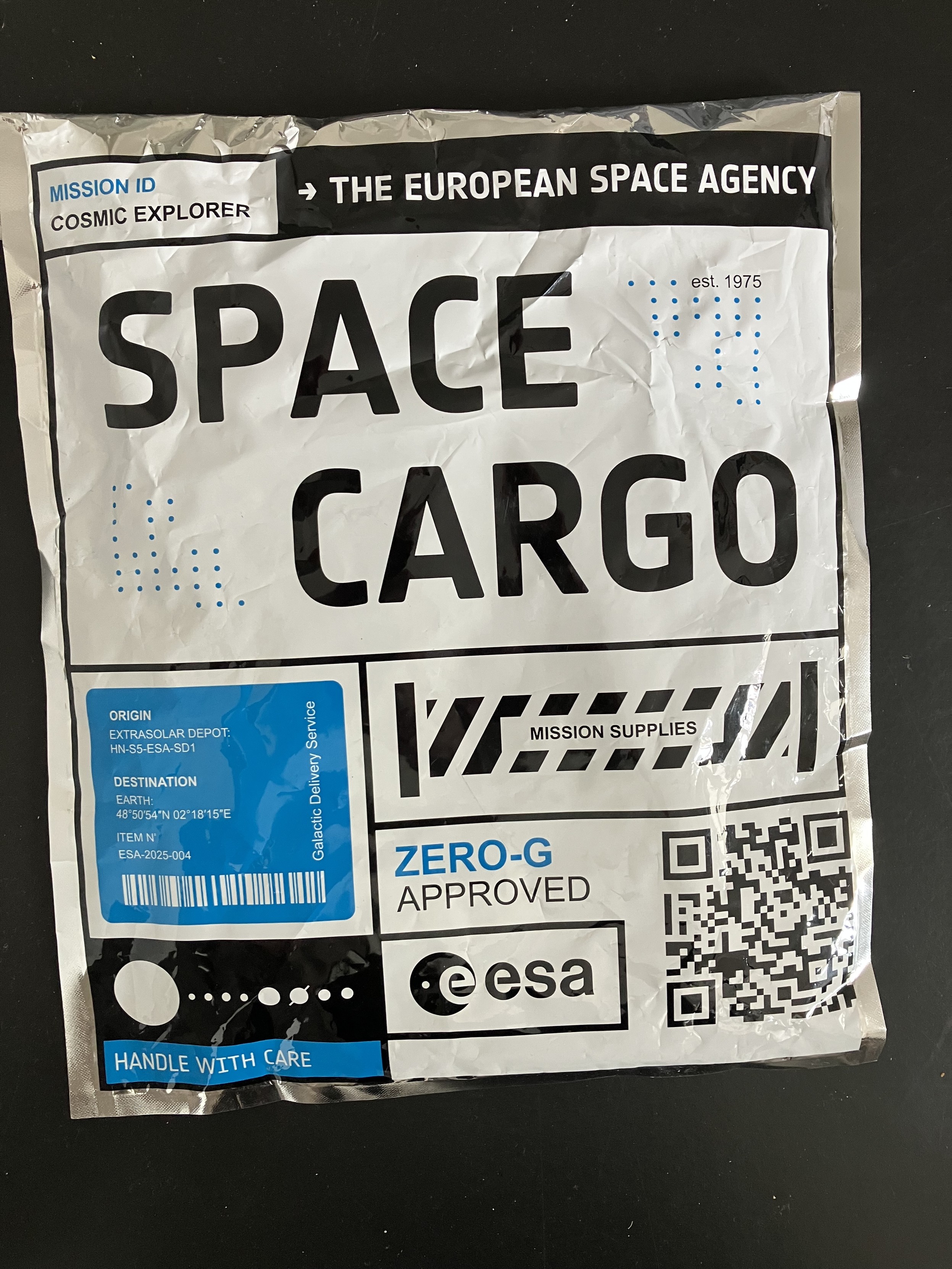European Space Agency
1135 readers
7 users here now
The European Space Agency community
founded 2 years ago
MODERATORS
1
2
2
CNES Issues Call for Lunar Power Station Prototype - European Spaceflight
(europeanspaceflight.com)
3
4
5
8
ASI Awards New Lunar Habitat Contract to Thales Alenia Space - European Spaceflight
(europeanspaceflight.com)
6
13
Dassault CEO Pushing for VORTEX to be Adopted as an ESA Project - European Spaceflight
(europeanspaceflight.com)
7
8
9
7
Genesis SFL Secures €300,000 to Develop Gen Re-Entry Capsule - European Spaceflight
(europeanspaceflight.com)
10
11
13
ESA Finally Kicks Off Flying Engine Testbed Project Following ITT Reissue
(europeanspaceflight.com)
12
13
14
15
16
17
18
5
Space Park Leicester and the ESA are Building a Lab that Could House Extraterrestrial Samples Someday
(www.universetoday.com)
19
20
21
22
23
24
25
view more: next ›

